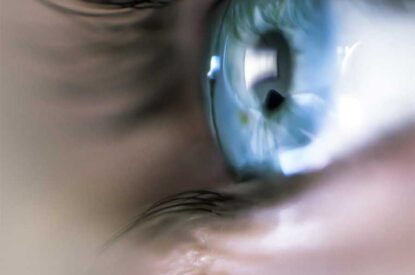Laser Peripheral Iridotomy (LPI)
This video provides a brief introduction to laser iridotomy for treating narrow-angle glaucoma.
A laser iridotomy may be a preventative step for patients with anatomically narrow angles or treatment for angle-closure glaucoma. A laser iridotomy creates a small opening in the iris to free fluid trapped behind the iris, pushing it forward and potentially closing the drainage angle. The procedure is used when it’s determined that the benefits (treatment or prevention of glaucoma) outweigh the rare but possible risks (bleeding, glare, pain, worsening of condition).
Who is a candidate for laser iridotomy?
It is recommended in eyes which have the angle closed for at least half the eye and have high eye pressure or glaucoma. In eyes which have a closed angle but normal eye pressure and no optic nerve damage, laser iridotomy may be recommended as a preventive treatment. In a recent large prospective study of such eyes, it was shown that there was overall a low risk of developing high eye pressure but the risk was lower among eyes that received laser iridotomy compared to those that did not.
What should I expect during laser iridotomy?
The eye is usually pretreated about half an hour before the procedure with drops that make the pupil small. Just before the procedure, anesthetic drops are placed to numb the surface of the eye, a lens is then placed on the eye to perform the laser. The procedure usually takes 5-10 minutes and some patients may experience minor pain.
What should I expect after laser iridotomy?
There is temporary blurriness of vision. The eye may be a little red, light sensitive, and/or uncomfortable, and there may also be a mild headache due to the eyedrops given before the laser. The eye pressure is usually assessed within 30 minutes to 2 hours after the laser and anti-inflammatory eyedrops are usually prescribed for a few days
Will the laser improve my vision?
No. Iridotomy is intended to preserve the vision and prevent glaucoma from appearing or progressing.
What are the risks with laser iridotomy?
Possible risks include, rise in eye pressure, bleeding at the laser site, and inflammation; these are usually temporary. Closure of the iridotomy may occur, requiring retreatment. Extra visual images including bright lights or flashes, or double vision in the treated eye, may rarely occur.
Learn More


